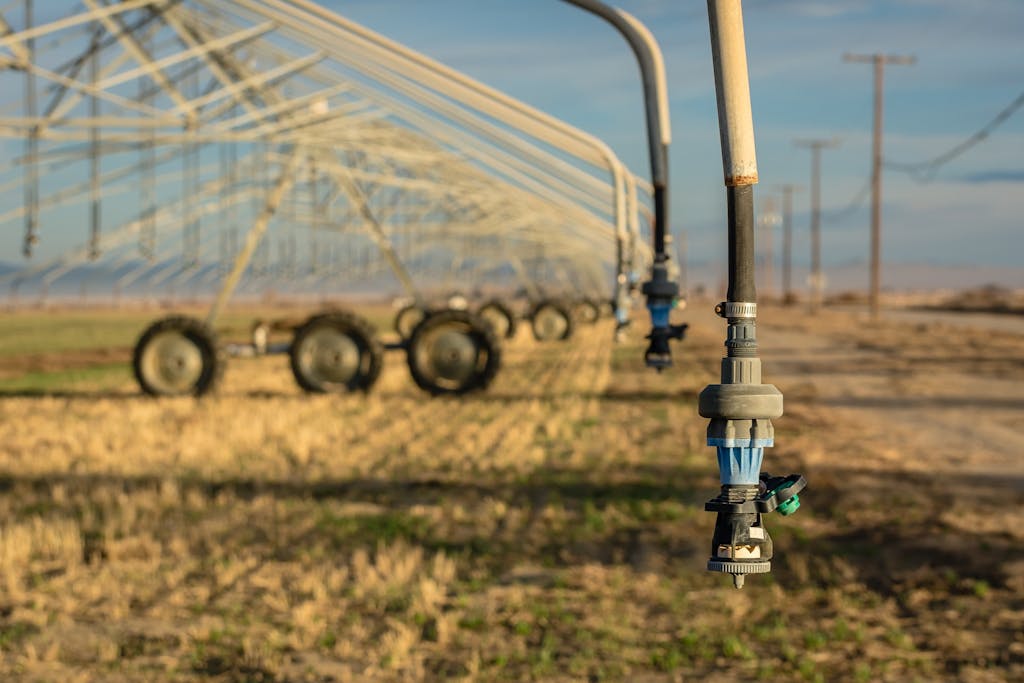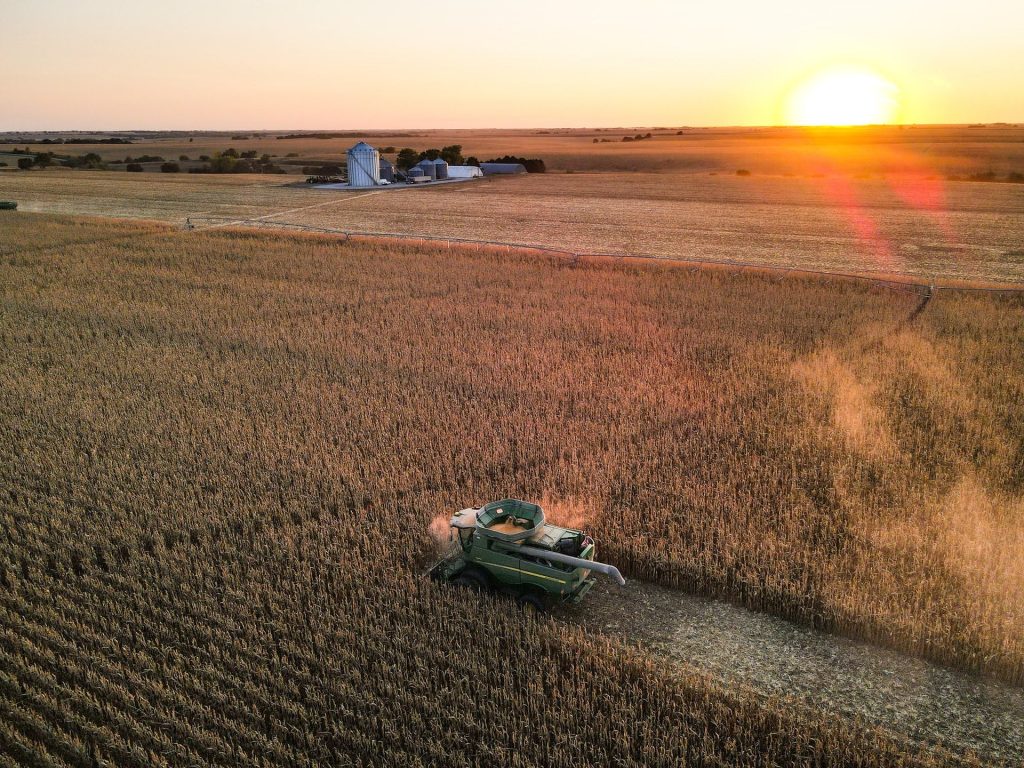The Intergovernmental Panel on local climate Change (IPCC) — the UN physique tasked with assessing the latest local climate science — issued its most dire warning but regarding the threats posed by a quickly altering local climate. the most interesting means we develop, distribute, devour, and get rid of meals all by way of the world each fuels local climate change and may undergo tremendously as a consequence of the world warms over the approaching years. The IPCC’s latest report highlights simply a few of the important methods in which our meals methods and the local climate disaster work together, for good and unhealthy.
From lethal floods in central China and Germany to historic water shortages inside the Colorado River and unprecedented wildfires in Southern Europe, the summer season of 2021 has as quickly as as quickly as extra highlighted the rising severity of local climate impacts all by way of the world. the latest IPCC report shines a lightweight on the rising frequency of devastating extreme occasions that more and more batter communities, collectively with at occasions inside the sort of a quantity of overlapping catastrophes.
The IPCC report particularly factors to the function of agriculture in a worsening local climate as a extreme driver of the local climate disaster, a extremely weak financial sector, and a attainable reply. listed under are three important takeaways from the landmark local climate report, all of which have important implications for the means we produce and devour meals all by way of the world:
1. Agricultural emissions are more and more driving shut to-time period world warming
meals methods may even be accountable for a staggering one-third of world greenhouse gas emissions. They emit carbon dioxide — primarily from working tractors, transporting meals, and storing meals — and in addition generate utterly different planet-warming gases, collectively with so-acknowledged as brief-lived local climate pollution like methane. These gases stay inside the environment for a lot much less time than carbon dioxide, however they’re lots of of occasions stronger and ensuing from this actuality play an limitless function in fueling the local climate disaster, particularly inside the weeks and months after they’re emitted.
This was the first time that the IPCC devoted a full chapter to gases utterly different than carbon dioxide, and the findings are staggering. In 2019, atmospheric concentrations of methane and nitrous oxides had been elevated than at any time in at the least 800,000 years. The report reveals that agriculture is a extreme driver of the unprecedented enhance in these emissions ensuing from livestock manufacturing, rice farming, aquaculture, and utterly different extreme-emitting actions as properly as to the widespread use of fertilizers to develop crops. regardless of these gases’ substantial impression on warming, and their potential to “contribute significantly to the efforts of limiting warming to 1.5°C” (the stretch temperature goal recognized inside the Paris settlement) thus far they’ve acquired insufficient consideration from policymakers.
2. Intensifying local climate impacts will harm world meals manufacturing
extreme climate occasions have gotten more and more frequent and intense. extreme droughts, which have devastating outcomes on meals and agriculture, have already become rather extra frequent over the previous few many years. The report warns that at simply 1.5°C of warming, these occasions will become twice as possible as they was. These impacts are occurring partially as a consequence of drier areas receive much less rainfall and a hotter environment evaporates extra moisture from the soil or crops. Even worse, the report notes that communities all by way of the world at the second are more and more going by way of a quantity of hazards on the identical time, with overwhelming penalties for meals. These impacts will more and more threaten meals manufacturing, which in flip fuels malnutrition, battle, and migration.
three. Sustainable agricultural practices may even be important local climate options
whereas the following two volumes on this IPCC report cycle, slated for launch in 2022, will suppose about alternatives to counter and adapt to world warming, the evaluation included on this latest report already presents a quantity of methods in which agriculture may assist wrestle local climate change and become extra resilient. Improved agricultural practices, resembling crop rotation and defending, can enhance soil carbon uptake and retention. Peatlands (carbon-rich wetlands) have too usually been drained to develop meals, however, when restored to their pure state, they’re going to drastically scale again emissions and supply a dwelling to every sort of crops and animals. And the flip side to brief-lived local climate pollution is that “strong, speedy and sustained reductions in methane emissions” can quickly assist scale again the warming impression. Farmers have already acquired a quantity of options at their disposal, from incorporating particular feed into ruminant diets to reducing the size of flooding when rising rice. To deal comprehensively with local climate change, we would want to shortly ramp up agricultural practices like these.

The IPCC report has, as quickly as as quickly as extra, made clear that the window to maintain away from catastrophic local climate impacts is closing quickly. As leaders gear up for the following UN local climate change convention in Glasgow (COP-26) in November, they’re going by way of rising strain to reinforce local climate ambition and develop credible nationwide pathways to obtain web zero emissions by 2050.
however no plan that fails to incorporate meals and agriculture will suffice. The UN meals methods Summit, which UN Secretary-regular António Guterres will convene on Sept. 23, is the right alternative to shine a lightweight on meals methods options which will scale again emissions whereas constructing resilience to the prolonged-time period impacts of local climate change.

